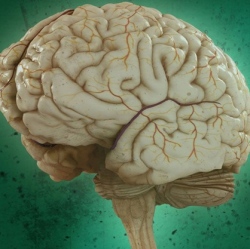
How do brains tell faces apart? Doing work with macaque monkeys educated to correctly recognize images of male or female faces, the researchers employed a light-delicate protein to suppress subregions of the inferior temporal (IT) cortex, a visual info-processing region.
In suppressing the neurons, the researchers observed a tiny but substantial impairment in the animals’ ability to correctly identify genders.
“If these encounter-detector neurons are participating in face-discriminating habits ,in telling gender of faces apart, then, if we knock them down, the behavior must get a hit,” says Arash Afraz, a study scientist at MIT’s McGovern Institute for Brain Investigation and lead writer of a paper describing the examine in the Proceedings of the Nationwide Academy of Sciences.
This experiment, Afraz says, marks a step forward in comprehending the links in between certain neurons and primate conduct. “You truly have to perturb the activation of that neuron and see if you can impact behavior,” he says. “If that transpires, it implies these neurons are portion of the causal chain for that specific behavior.”
By supplying a closer appear at primate object-recognition, Afraz adds, the research could also support in building visual prostheses that might demand direct wiring with the IT cortex. More broadly, understanding the light degree needed for optogenetic neural silencing could also assist in developing implantable remedies for individuals with temporal lobe epilepsy. “We could have products implanted in the cortex that immediately flip on when the epilepsy attack begins, and silence the cortex with light,” Afraz says.
